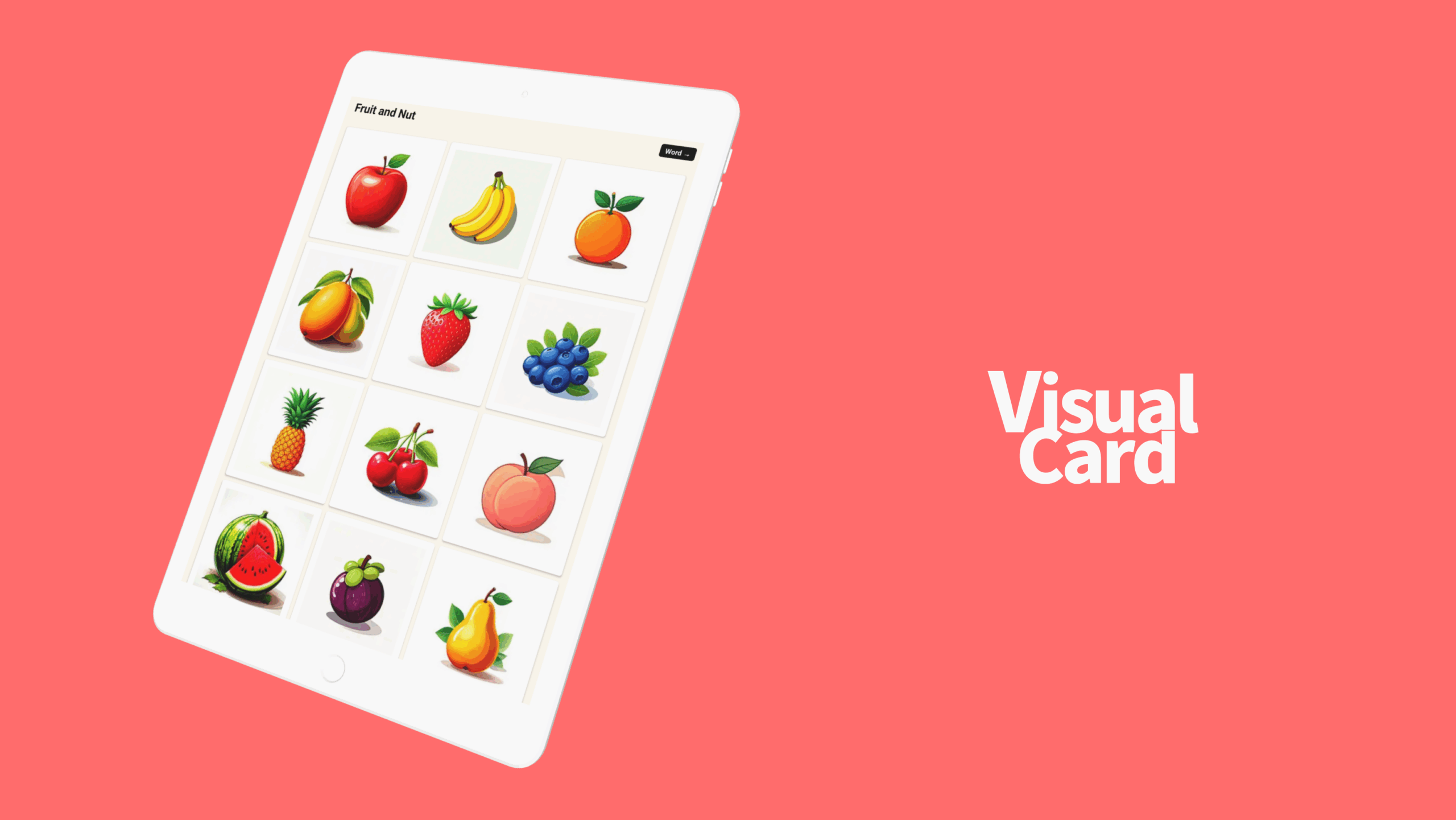The internet has accelerated globalization, and more and more parents are becoming interested in multilingual education, such as English and Chinese, with the hope that their children will be able to communicate with people around the world in the future.
However, purchasing expensive materials and sending children to schools that require transportation can be quite challenging. As a solution to these concerns, multilingual learning apps are now gaining attention.
Among these, the multilingual flashcard app series ‘VisualCard,’ which connects images with native audio to enable intuitive learning, is an ideal tool for the early childhood stage when children absorb language like a sponge. In this article, we will introduce three specific methods to incorporate ‘VisualCard’ into home learning in an enjoyable way and naturally expand your child’s ‘world of language.’
Link it to daily life with “home exploration”
The most important aspect of language learning during the early childhood years is connecting words with real-life experiences. Try to find the words that appear in ‘VisualCard’ in your daily life. For example, after viewing the “apple” card in the app and listening to the native audio, go to the kitchen, point to a real apple, and say, “This is an apple.” “这是苹果 (zhè shì píngguǒ).”
In this way, you can conduct a “home exploration” where you link the words inputted in the app with the “real things” around you. Even just searching for items like “chair” or ‘table’ in the living room can be a meaningful exploration. This extra effort helps words become “living language” rather than mere memorization, significantly enhancing the learning effects of ‘VisualCard.’
By transforming learning from “studying” into “fun play,” children’s motivation increases significantly. With VisualCard, you can easily hold a quiz competition with your child.
Parent-child “What is this?” quiz
For example, the parent hides the smartphone and plays only the app’s audio, asking the child, “What animal was that sound?”
The child will rely on the sound to search their memory for the answer. Alternatively, you can have the child silently show you the picture from ‘VisualCard,’ and the parent responds with, “It’s a car!” or “是汽车 (shì qìchē)!”
Another tip to make children happy is for parents to enjoy making mistakes. Such two-way interactions not only help children develop their listening skills and concentration, but also provide an excellent opportunity to deepen parent-child communication.
Encouraging habit formation with “5-minute input during spare time”
Young children cannot concentrate for long periods of time. Rather than having them study for long periods at once, it is far more effective for language acquisition to have them study for short periods every day.
The greatest advantage of the VisualCard app is its convenience. During morning dressing time, car rides, or the five minutes before bedtime, try incorporating multilingual exposure into daily life by utilizing “spare time.” For example, say, “Let’s look at just three fruit cards today.”
Even just 5 minutes a day adds up to 150 minutes of learning time in a month. By continuing without forcing it, you’ll notice that your child’s “language vocabulary” in English or Chinese naturally grows over time.
There is no need to worry that “it might be too early for my child” or “I can’t speak the language myself…
Summary
As introduced above, by using an app that allows children to learn intuitively through pictures and sounds, anyone can easily and enjoyably take the first step toward multilingual education at home.
The three key points are: (1) connecting it to everyday life, (2) turning it into a game for parents and children to enjoy together, and (3) continuing it every day, even for a short time. There is no need to aim for perfection.
Why not use ‘VisualCard’ as a starting point to explore a new world of language with your child? The adventure to expand your child’s endless potential begins today, with just a fingertip. Why not give it a try with the free cards first?
VisualCard Android App
VisualCard Web App

